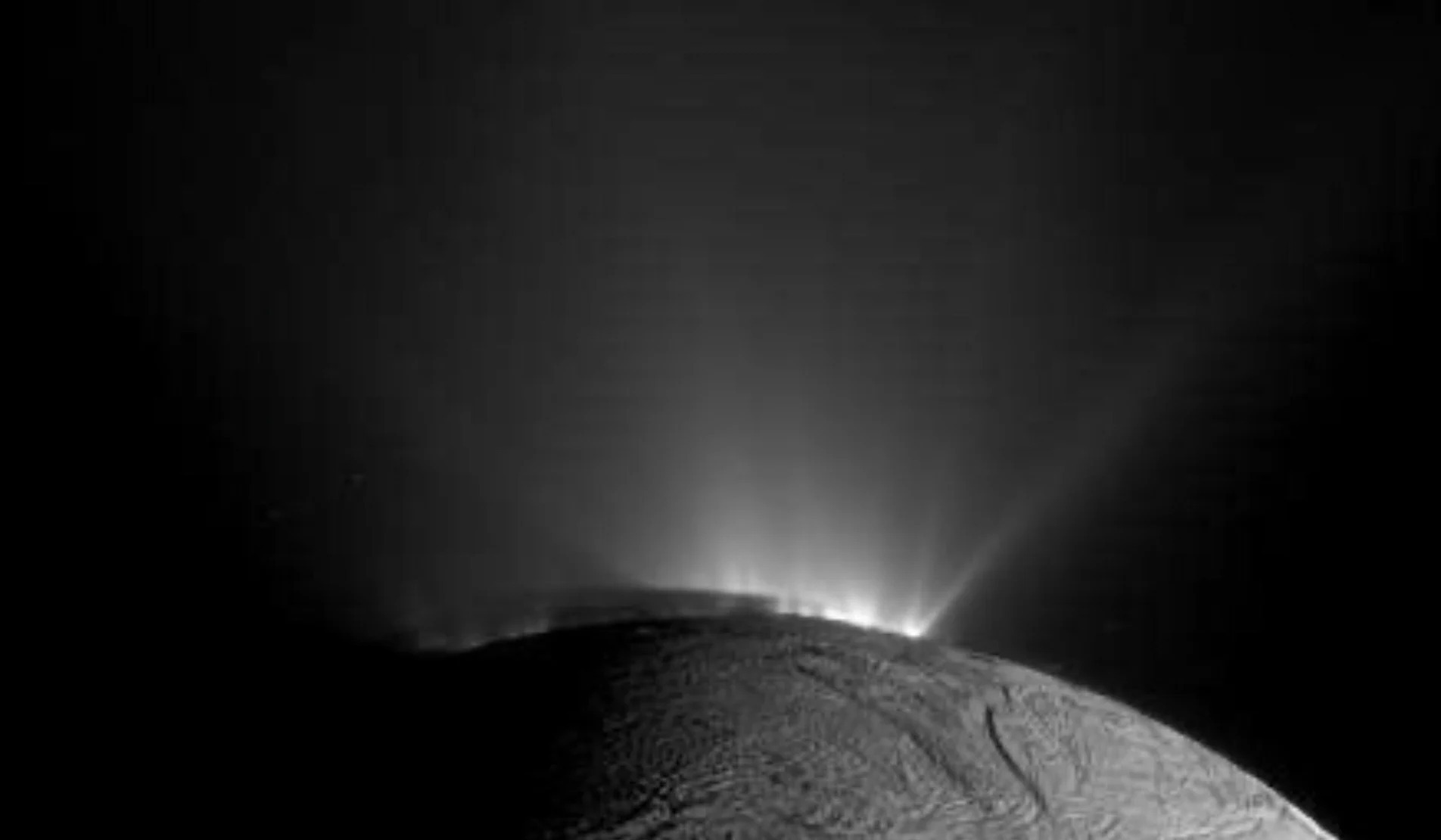Scientists analyzing data from NASA’s Cassini mission have discovered complex organic molecules in the plumes of Saturn’s moon Enceladus—the same building blocks that make life possible on Earth. These aren’t just any organic compounds that have been gathering space dust for millennia. The molecules are fresh and unaltered, shooting out of the moon’s geysers like a cosmic chemistry set in action. This discovery represents the strongest scientific evidence yet for potentially habitable conditions beyond Earth.
Life’s Recipe Found in Space Geysers
These complex molecules originate from the moon’s subsurface ocean, not from contamination or cosmic debris. Picture underwater hot springs on Earth—Enceladus likely hosts similar hydrothermal vents beneath miles of ice, creating conditions where interesting chemistry could unfold. The molecules remain pristine because they’re recently ejected from the surface, avoiding the radiation that typically destroys organic compounds in space. This discovery elevates Enceladus from “potentially habitable” to a world actively harboring life’s chemical ingredients.
Missing Pieces of the Cosmic Puzzle
Scientists have identified most of the essential elements for life—carbon, hydrogen, nitrogen, oxygen, phosphorus, and sulfur (the CHNOPS elements). Only sulfur remains undetected, but five out of six elements isn’t bad when you’re hunting for cosmic biology. The similarities to Earth’s deep-sea ecosystems are striking. If life can thrive around scalding underwater vents in Earth’s most extreme environments, Enceladus’s hidden ocean could be equally hospitable.
Next Stop: Direct Evidence
Both NASA and the European Space Agency have proposed missions to orbit Enceladus and collect samples directly from its plumes. Mission planners are designing spacecraft concepts that could potentially penetrate the ice shell and reach the ocean beneath. Finding life would revolutionize our understanding of biology’s cosmic prevalence. But even finding none despite favorable conditions would teach us something profound about life’s mysterious requirements. This research brings humanity closer to answering one of its oldest questions about our place in the universe.





























